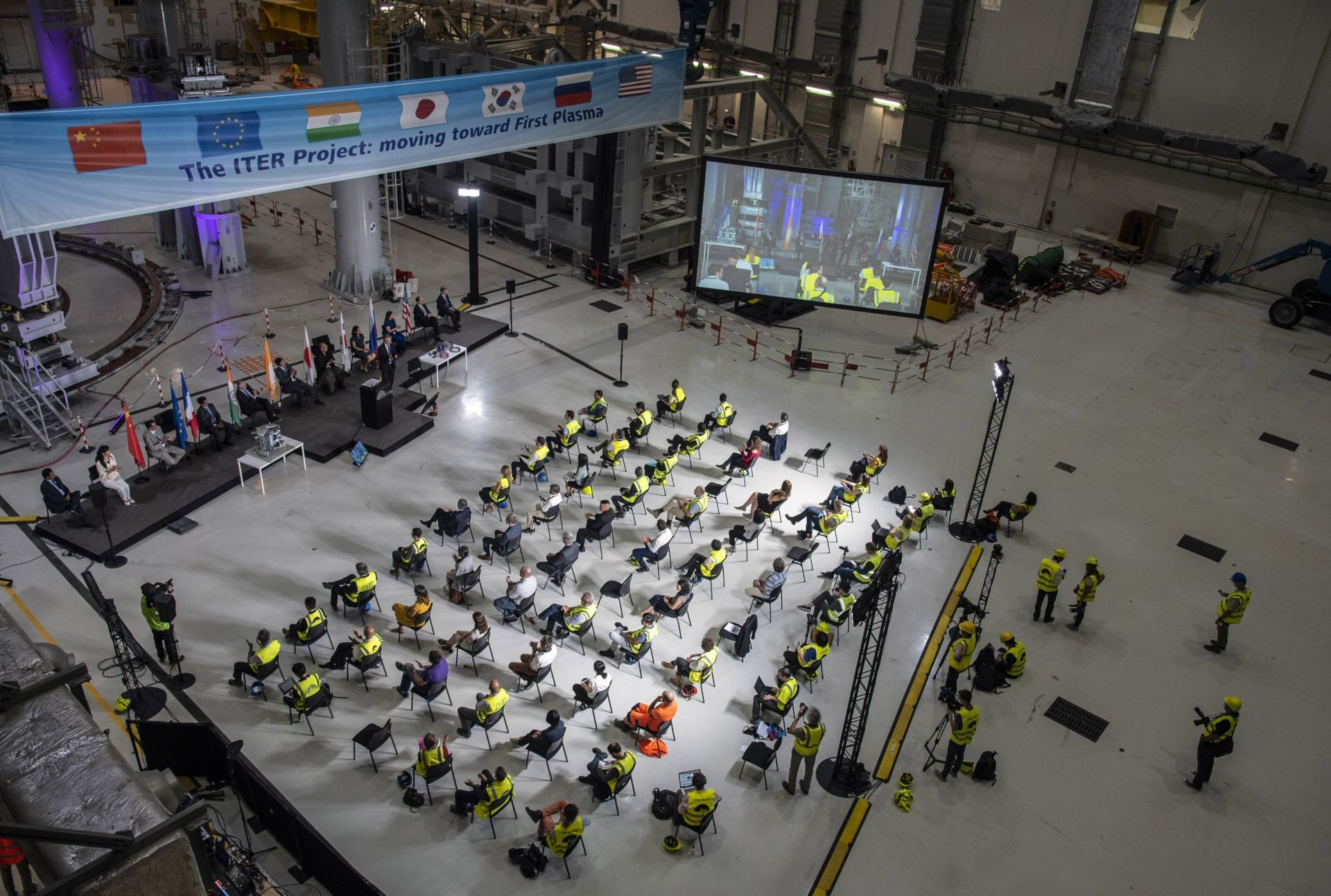#119 ITER Reactor Assembly Delay Will Be at Least One Year
Return to ITER Power Facts Main Page
By Steven B. Krivit
April 27, 2022
On Feb. 21, 2022, New Energy Times reported that the assembly of the ITER reactor had been suspended by the French nuclear regulator, ASN. The suspension placed a hold on the assembly’s critical path — the main parts that compose the reactor chamber. In addition, ASN objected to other safety issues and demanded that the ITER organization submit a comprehensive revised plan to address all of them before the regulator allows reactor assembly to continue.
Three days after we published that news, Bernard Bigot, the ITER organization director-general, sent a message to his staff members. Here is our response.
Seven days later, Gilles Perrier, the new head of the ITER Safety and Quality department explained that the shutdown was “part of the normal regulatory process.” The letters ASN sent to the ITER organization in 2021 indicate that ASN repeatedly refused the ITER organization’s requests to release the hold point on the reactor vessel assembly.
The first sector subassembly, Perrier wrote on Feb. 28, 2022, “will be transferred into the Tokamak pit in the coming weeks.”
On March 20, 2022, ITER communication manager Robert Arnoux told Nice Matin that the stop-order will have “no impact on the assembly schedule.”
A few days ago, in the May issue of Physics Today, David Kramer reported that Alain Bécoulet, the head of ITER’s engineering domain, “expects that ASN will lift its hold by early fall, allowing assembly to resume in November, just a couple months behind schedule.”
In fact, November 2022 would be 11 months behind schedule. The first sector subassembly was supposed to be lowered into the tokamak pit in December 2021.

Our examination of the history of the ITER organization’s timeline promises shows a consistent pattern of optimism. As a result, we believe the first sector will not be lowered into the tokamak pit until November 2024 — or never — and that ITER will become the world’s largest stranded science asset.


